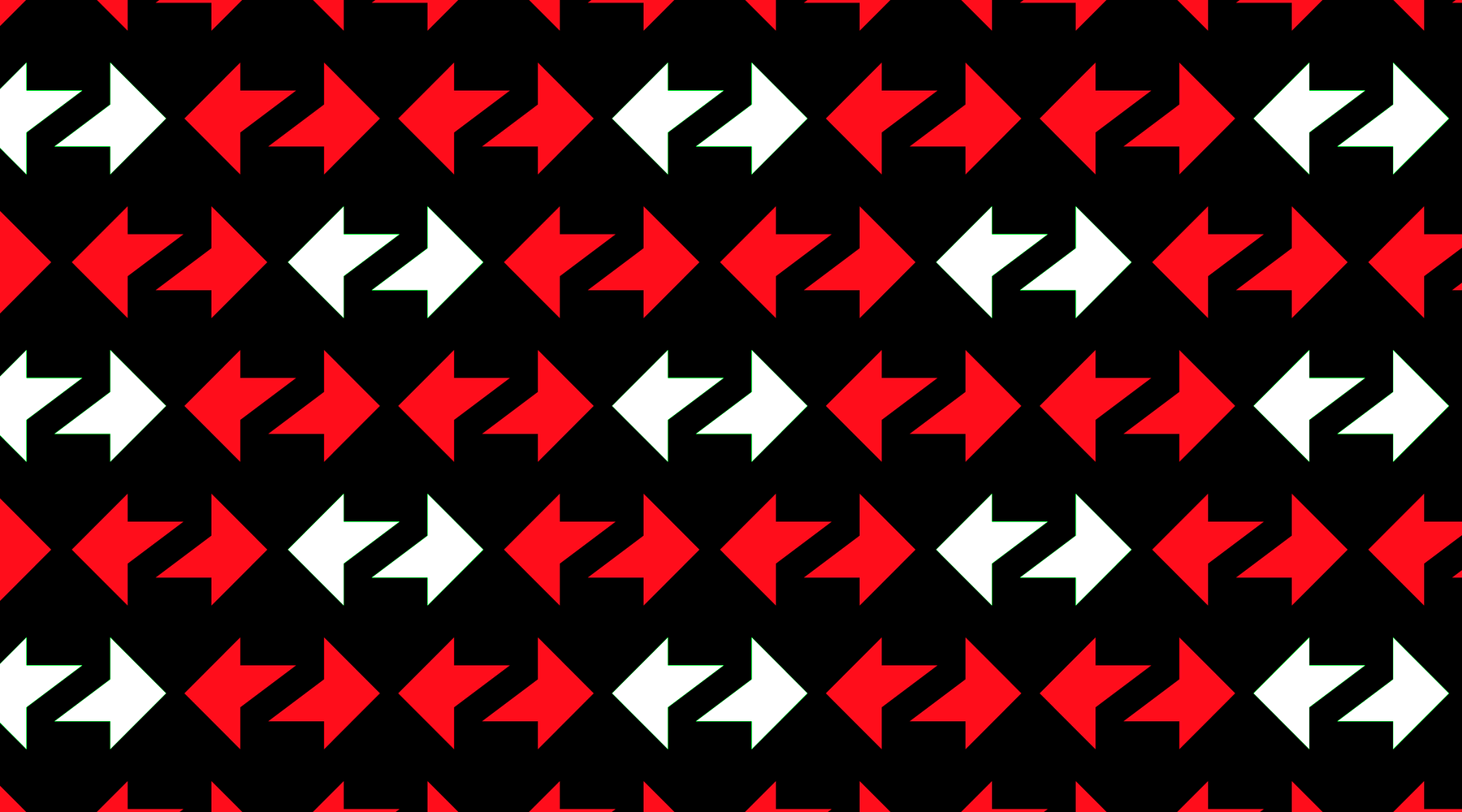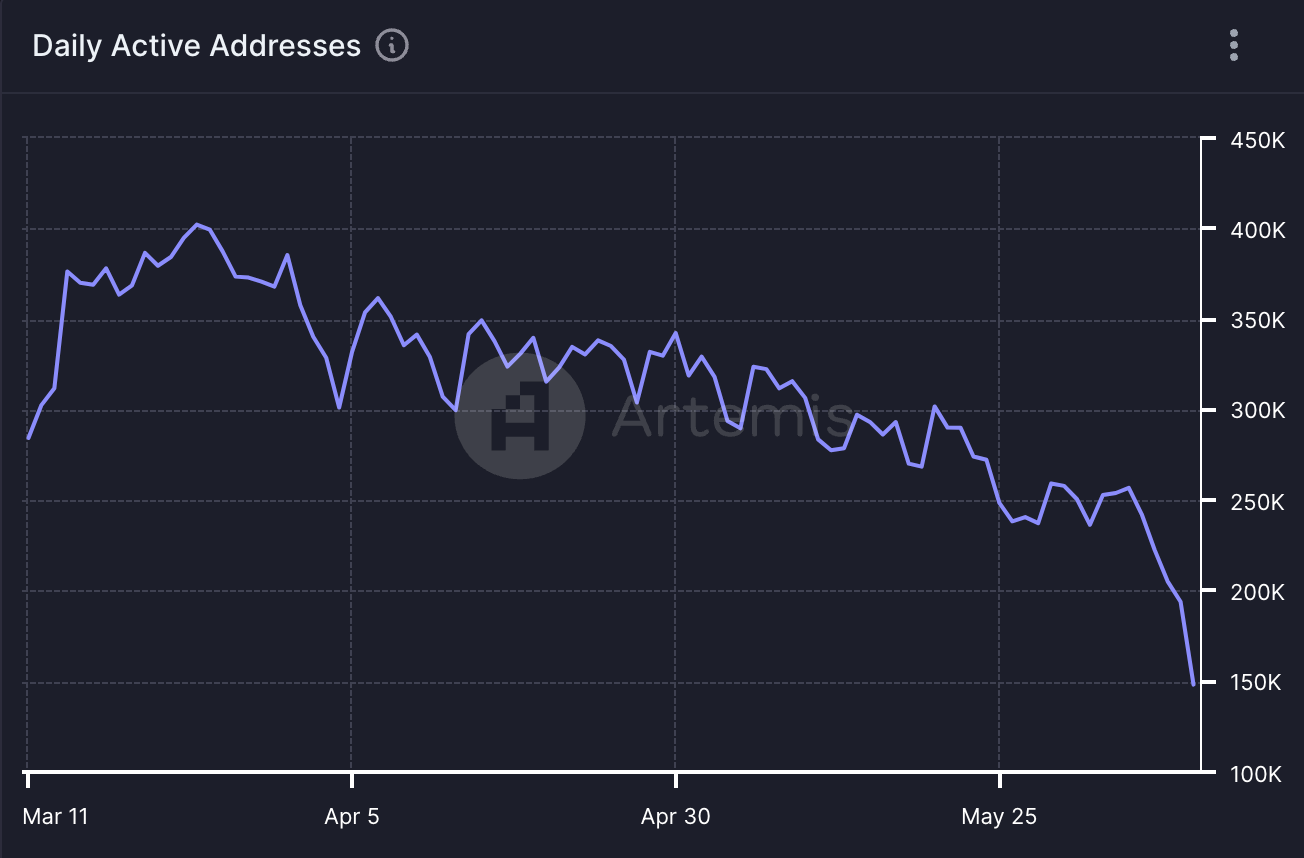All the Details on ZKsync’s ZK Token Airdrop

ZK has arrived.
Ethereum’s tokenless Layer 2s have long been heralded as some of the hottest opportunities for airdrop hunters, and today, ZKsync (no longer stylized as zkSync) hopes to live up to hefty expectations with the release of its long-awaited native token: ZK!
Bankless has been anticipating the arrival of a ZKsync token for quite literally years at this point, and with more than 5,000 individual user accounts completing the ZKsync quests in our Airdrop Hunter, there is a high probability that you qualified for the drop if you’re reading this.
Here’s everything you need to know about ZKsync's ZK airdrop 👇
Where to claim your ZK?
See if you're eligible on Bankless Claimables.
Although the vast majority of ZK recipients can check their eligibility now and will be able to claim their allocations starting next week until January 3, 2025, eligible contributors working at certain projects will be unable to claim their tokens until June 24, 2024.
Thanks to ZKsync's native account abstraction, recipients will be able to claim their ZK without paying transaction fees, and because all airdropped ZK will be liquid no matter the allocation type or size, they’ll have full discretion over what they do with their tokens!
After claiming their token, ZK holders can optionally delegate to participate in governance, an activity that could yield future airdrop allocations, or can simply cash out of the ecosystem with their gains by swapping to another token and bridging out.
How will ZK be distributed?
It's always a challenge to make everyone happy in a token distribution.
Teams often prioritize insiders when issuing tokens, but ZKsync's seems to be making a more earnest effort to put community first by earmarking two-thirds of the total ZK supply for the community and distributing 17.5% of total supply in the initial airdrop, more tokens than are individually reserved for ZKsync's team and investors.
Although the team and insider allocations, which are subject to a one year lockup followed by a three year vesting period, remain powerful enough to outweigh the voice of an aligned community, this distribution scheme makes the community the largest holders of liquid tokens and gives it a large amount of autonomy to direct protocol governance.
The ZKsync Foundation is set to receive 19.9% of the total ZK token supply for “ecosystem incentives,” opening the possibility for future rounds of airdrops, and the remaining 29.3% of the ZK tokens were given to governance (i.e.; the Token Assembly).
How did users qualify?
Over 695k wallet addresses are eligible to claim the ZK user allocation, which constitutes 89% of the total airdrop, making it the largest single distribution of tokens to users from a major L2!
All details about the $ZK token distribution 👇
— eekeyguy.eth (@eekeyguy_eth) June 11, 2024
Eligible addresses: 690,715
0-1k: 90937 users
1k-5k: 477996 users
5k-10k: 63582 users
10k-20k: 26871 users
20k-50k: 18517 users
50k-100k: 12657 users
> 100k: 155 users
The highest token amount in the dataset is… pic.twitter.com/V7qw9o9MS1
In designing its user airdrop, the ZKsync team attempted to target allocations towards real users taking onchain risks who explored the ecosystem in a multitude of ways through a points-based approach.
Every address that had transacted on ZKsync's Era or Lite chains was checked against a list of qualifying interactions (seen below) and was awarded one point for each criterion it met prior to the date of ZKsync's snapshot on March 24, 2024.
The number of points accrued by each wallet was then multiplied by the value of assets it held on ZKsync Era and the duration of time these funds were deposited onto the chain.
Multiplier boosts were subsequently applied for holders of ZKsync-native NFTs and ERC20s, utilizers of ZKsync's account abstraction, recipients who held previous Ethereum airdrops, and users who had interacted with smart contracts on other chains – all actions which were determined to indicate a higher likelihood of human behavior or contribution to ZKsync.
Though the network indicated there was some filtering for inauthentic activity, there are signs that the L2 was not as aggressive as other protocols in attempting to weed out Sybil addresses that aimed to farm the airdrop.
Shocking data from ZKSync Eligibility List
— Artemis the Sybil Hunter (@artemis_rsch) June 11, 2024
Sybil accounts are bagging 2,000,000+ ZK tokens by depositing identical ETH amounts on the same day, each receiving 15,000 tokens per wallet
What's more, nearly all of them are flagged on the @LayerZero_Labs sybil list
Link below⬇️ pic.twitter.com/hd9uipFzuj
Who else is getting the airdrop?
The remaining 11% of the ZK airdrop not allocated towards users was given to members of various groups that contributed in some fashion to the ZKsync ecosystem.
More than half of this allocation – representing 5.8% of the total ZK supply – was granted to the protocols building on ZKsync, who (like all other ZK recipients) are free to spend their tokens in whatever ways they see fit.
This allocation tier also included ZK for contributors of organizations developing key Ethereum infrastructure, contributors to significant ZKsync Github repos, ZKsync community educators and researchers, broader open-source software developers, participants in various code audit contests, and various ZKsync community members (including in-person event attendees).
Finally, 0.4875% of the total ZK supply can be claimed by participants in experimental onchain communities, including DEGEN and BONSAI airdrop recipients, Crypto the Game players, and holders of Pudgy Penguin and/or Milady NFTs.
🧐 What's next for ZKsync?
No token drop can be ideal for all participants involved, but the ZK distribution grants a relatively generous amount of tokens to the community and appears likely to provide substantial rewards for all users involved with the ecosystem to at least a moderate degree.
Zero knowledge rollups, like those under developed by ZKsync, are widely considered to be the “end game” for Ethereum scaling, yet despite the added security benefits they provide in comparison to optimistic proven rollups, crypto’s users and developers have been lackadaisical in switching to the standard, even with the possibility of airdrop incentives.
Throughout ZKsync's existence, much of the onchain activity has anecdotally been attributed to airdrop farmers, and with this event having finally occurred, the crypto industry should finally get a better understanding of how much of the transaction activity was legitimate.

Rumors of ZK’s imminent arrival have already taken a notable toll on various onchain activity metrics, with the number of daily active users in June dropping by 40% to 148k, the lowest number on record in 2024.
While a thoughtful ZK airdrop may help inspire the formation of a community, it remains unclear whether many recipients will feel that there is a community worth sticking around for in a sea of tokenless L2s and some more robust alternatives. Only time will tell.